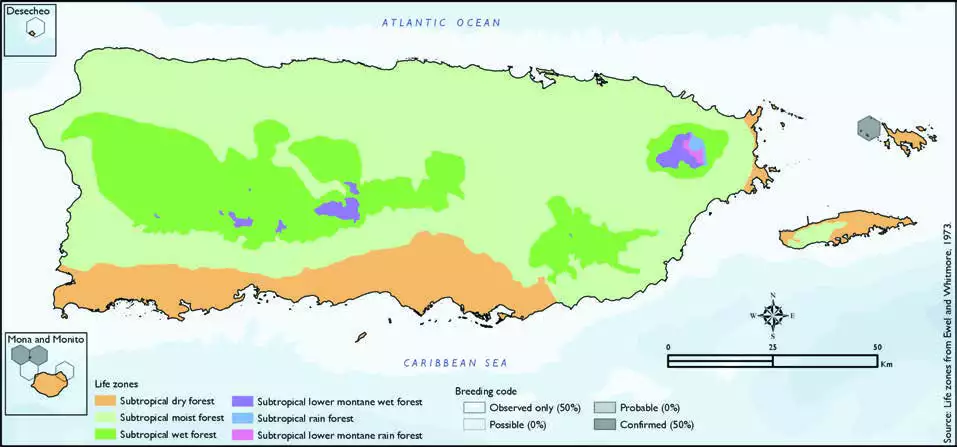Masked Booby
Description
The masked booby (Sula dactylatra), also called the masked gannet or the blue-faced booby, is a large seabird of the booby and gannet family, Sulidae. First described by the French naturalist René-Primevère Lesson in 1831, the masked booby is one of six species of booby in the genus Sula. It has a typical sulid body shape, with a long pointed yellowish bill, long neck, aerodynamic body, long slender wings and pointed tail. The adult is bright white with black wings, a black tail and a dark face mask; at 75–85 cm (30–33 in) long, it is the largest species of booby. The sexes have similar plumage. This species ranges across tropical oceans, except in the eastern Atlantic and eastern Pacific. In the latter, it is replaced by the Nazca booby (Sula granti), which was formerly regarded as a subspecies of masked booby.
Juveniles of subsp personata on Kure Atoll in the Hawaiian island chain
Distribution & Habitat
The Masked Booby occurs throughout the worlds tropical
and subtropical oceans (Raffaele
and others 1998). It is a very
rare and local year-round resident in the West Indies,
where known breeding areas
include the southern Bahamas,
Jamaica, Puerto Rico, the Virgin
Islands, Anguilla, Antigua, and
the Grenadines (Raffaele and
others 1998). It is described
as uncommon in Puerto Rico
and has been documented
near Culebra, Monito (Oberle
2018), and Desecheo islands
(McCandless 1958). It usually
inhabits warm tropical waters
out at sea (Oberle 2018), except
when attending its nest (Raffaele
and others 1998). The atlas
fieldwork yielded a total of 10
records within six hexagons or 1
percent of the 479 total hexagons
(see map). Of the six hexagons where this species was found,
breeding met the atlas definition
of confirmed in 50 percent
(three) of the hexagons, while
the species was observed in 50
percent (three) of the hexagons
but without evidence of breeding
(see map).Masked Booby distribution. The map shows the highest breeding code by hexagon and overlaying the ecological life zones in
Puerto Rico. Note: percentages may not total 100 due to rounding.

Breeding Habits
Previously published reports indicate that the Masked Booby
generally breeds from February
to August (Oberle 2018) and
occasionally during September
(Raffaele and others 1998). This
is a colonial species, and the
nest usually consists of a scrape
cushioned with a fine layer 137Masked Booby/Boba Enmascaradaof weeds or grasses, usually made on the ground in small
rocky islands (Biaggi 1997) or
near a cliff face (Raffaele and
others 1998). Atlas results show
that this species breeds mostly
from February to April, and to
a lesser extent also during July
and October (see chart). Overall,
the breeding activity peaks in
March, and it takes place on
small offshore islands within the
subtropical dry forest life zone
(see chart). Results show that this species breeds in coastal areas
within the subtropical dry forest
life zone (100 percent of the
hexagons) (see table and map).
Conservation
The global population trend of the Masked Booby has not
been quantified or assessed,
but the species is described as
fairly common (Stotz and others
1996), and it is currently listed
as a species of least concern by the IUCN (BirdLife International
2018). Locally, this species is not
listed in any of the threatened
categories of PRDNER and
USFWS. In Puerto Rico, the
Masked Booby has a protected
habitat in land of 2 percent or
1.5 km2 of the total area covered by the hexagons where evidence
of breeding was found for this
species (96 km2).
Related Species
Family:
booby